We help parents get a better understanding of how to help their Autistic Child.
Autism Diagnosis

There is no happy ending after an autism diagnosis – unless the child is not diagnosed with the long term condition. But, more often than not, an autism diagnosis usually results in positive findings, which make it more overwhelming for the parents and the whole family.
Being a lifelong disorder that affects human development, life after an autism diagnosis can change the lives of the entire family in just a snap. Why is that? Because the emotional and physical demands needed in taking care of the special child will eventually take its toll on all family members which can make daily living difficult for everyone.
To be able to maintain a normal functioning family despite the condition of one of its members, experts say that each and every family member should have a deep understanding of the disorder and should be willing to accept and adjust to the demands needed by the situation.
The Autism Diagnosis After Effect
Since autism is a complex disorder, living with somebody who is diagnosed with autism can be challenging and very hard for the parents and other family members as well. Studies show most of the parents that have autistic children show signs of withdrawal from their circle of friends and other relatives because they need to devote the majority of their time and energy in taking care of the child.
There are also cases wherein one of the parents needs to stop working to be able to tend to the needs of the autistic child. Although dealing with autism can be tiring, draining, and exhausting to the family members physically, mentally, and emotionally, this is not enough reason to give up on the child. If help is needed, parents can rely on various support groups to face the challenges brought by the disorder.
Statistics show that one of the challenges parents face after their child has been diagnosed with autism is explaining the condition to other family members, especially to the siblings in order to get support. Below are just some approaches you can use to explain the condition to other family members.
Having a Normal Family Life After Autism Diagnosis
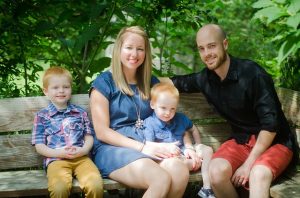 Accept and understand the situation whole heartedly. Although it is difficult to accept that your child’s life can never be normal like others, the best way to cope after an autism diagnosis is to recognize the needs of the child.
Accept and understand the situation whole heartedly. Although it is difficult to accept that your child’s life can never be normal like others, the best way to cope after an autism diagnosis is to recognize the needs of the child.
By admitting that caring for a child diagnosed with autism is devastating is more practical than making yourself believe it is not because this will only bring about more stress.
Help them understand everything about the disorder. Experts say that one of the reasons why families cannot function properly after one member has been diagnosed with autism is that they don’t have enough understanding of the condition.
For the parents, they should understand and accept the condition first so other family members will follow their lead. By making other children or members of the family understand the disorder, they will also know how to adjust to the situation and adapt to the autistic child’s needs emotionally and physically.
Give them breathing space.
After breaking the news to the family, it is best that you give them time to absorb the information on their own.
Don’t force members of the family to take care of the autistic child if they don’t want to. Each family member has a life of their own so don’t force them to dedicate all their time to the autistic child. What you can do is designate a schedule or task for them in taking care of the child. By doing this, they will learn to care more about the autistic child without being forced to do so.
Everybody needs a break. Taking care of an autistic child is draining physically, mentally, and emotionally. Give yourself or a family member a break by rewarding them a special dish or a treat to the movie theater.
Join a support group. By doing this, you can share experiences with others and vice versa so you can get help. You can also ask other members of the family for a counseling session.
Remind everybody to breathe and relax when the going gets tough.
Ask everybody to keep a journal of their own. Here, they can write down everything they feel and can relieve the stress brought about by taking care of an autistic child.
How helpful is the GFCF diet for Autism?
Check out these great reads!
An autism diagnosis is not the end of the world.


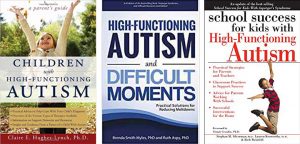

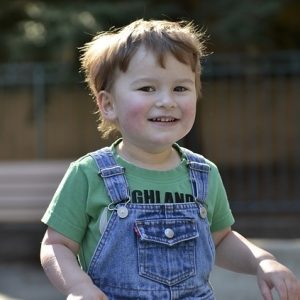 Kids diagnosed with ASD (Autism Spectrum Disorder) usually receive intervention when they are three to four years old. This is 6 to 8 times later than the toddlers who participated in this pilot study. However, studies show that the earliest signs and symptoms of ASD may be present even before the toddler’s first birthday. Children first learn communication and social interaction during infancy. This is the main reason why parents of children with autism and researchers have been working on how autism can be identified early in the toddler’s life in order for intervention to begin sooner.
Kids diagnosed with ASD (Autism Spectrum Disorder) usually receive intervention when they are three to four years old. This is 6 to 8 times later than the toddlers who participated in this pilot study. However, studies show that the earliest signs and symptoms of ASD may be present even before the toddler’s first birthday. Children first learn communication and social interaction during infancy. This is the main reason why parents of children with autism and researchers have been working on how autism can be identified early in the toddler’s life in order for intervention to begin sooner.
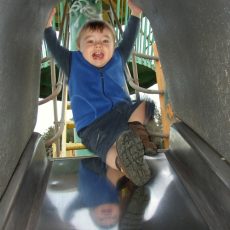
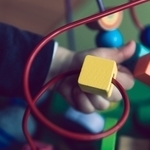 Schools must now accommodate children with special needs and developmental disorders, however some schools do a better job at this task then others. What you have available in your area is, of course, a deciding factor in what you can do. The other important factor to keep in mind is the needs of your autistic child.
Schools must now accommodate children with special needs and developmental disorders, however some schools do a better job at this task then others. What you have available in your area is, of course, a deciding factor in what you can do. The other important factor to keep in mind is the needs of your autistic child. Certain treatments for autism, depending upon what they are, will be more helpful than others that you try. Always remember that professionals do not know everything, and that autism does not have a cure, so be cautious and careful as you seek the right treatment.
Certain treatments for autism, depending upon what they are, will be more helpful than others that you try. Always remember that professionals do not know everything, and that autism does not have a cure, so be cautious and careful as you seek the right treatment.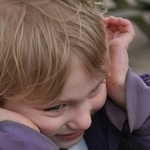 Visual cues, a demonstration, and spoken words are usually necessary and helpful when you communicate with your child with ASD. At this point, we have not discovered the cure; however this does not suggest that your autistic child is beyond being educated and developing in many areas.
Visual cues, a demonstration, and spoken words are usually necessary and helpful when you communicate with your child with ASD. At this point, we have not discovered the cure; however this does not suggest that your autistic child is beyond being educated and developing in many areas.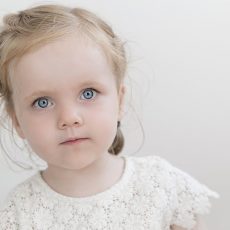
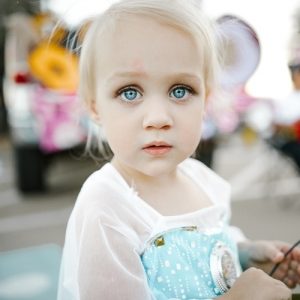 The above situation is not always the same with an autistic child, the toddler will most likely not smile back. This not due to the fact that the autistic child cannot smile, it’s just that they do not understand the concept of reciprocation, i.e. you smile at me, I smile back.
The above situation is not always the same with an autistic child, the toddler will most likely not smile back. This not due to the fact that the autistic child cannot smile, it’s just that they do not understand the concept of reciprocation, i.e. you smile at me, I smile back.